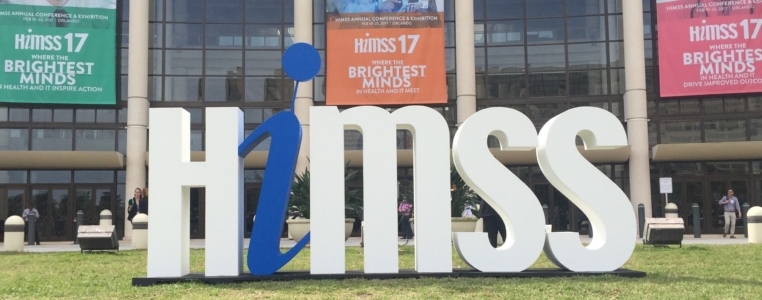By Kathryn Doyle, freelance writer
Big data is everywhere: in electronic health records, on the Internet and in our bodies. This data can be harnessed in a number of unexpectedly cool ways to benefit patients and providers:
1. Finding adverse drug reactions (ADR).
Researchers can verify bad drug reactions and detect new ones, according to a new study. Computer scientists at the New Jersey Institute of Technology examined 12 years of electronic health records (EHRs) from Vanderbilt University Medical Center, comparing medication orders and inpatient lab results. They found that a computer program plumbing EHR data was more accurate at identifying known drug-event pairs and identifying new ones than existing methods. 
2. Spotting unknown drug interactions.
Even if two drugs went through trials separately and were deemed safe, they might not have been tested with the drugs taken together, as was the case with the antidepressant Paxil and the cholesterol-lowering drug Pravachol. That’s where data mining came in. Researchers at Stanford University in 2011 devised an algorithm to detect side effects from drug combinations. Aimed at tens of thousands of EHRs, the algorithm noticed that patients taking both drugs had higher blood glucose levels, which is dangerous for people with diabetes.
3. Reducing hospital-acquired infections .
FactSpotter, a Xerox text mining technology, was part of a three-year infection detection project in France. Using EHR data from intensive care unit, brain surgery, stomach surgery and knee pain patients at a hospital in Lyon, FactSpotter organized the information into narrative order, including drugs, bacteria, infections and temperatures. The technology could be used to point out risks for infections before they happen.
4. Bypassing clinical trials for research.
Electronic health record databases of clinical information could theoretically make every patient in the U.S. a participant in a vast, ongoing clinical trial for researchers of many disciplines. Clinical trials take a lot of money and time to organize, but mining existing data from millions of patients would spare those resources and also offer sample sizes more robust than anything previously seen in research. Kaiser Permanente is currently using this method to examine a link between statin drugs and lowered risk for prostate cancer recurrence.
In May, the Department of Health and Human Services inspector general’s office gave state-based fraud-control units leave to use federal funding for data mining tools. The office expects the data-analysis tools to recover about $60 million of fraudulent Medicaid billing over the next 10 years. Predictive analytics tools review claims before they are paid and look for questionable billing practices or unusually long lengths of stay, spotting anomalies like a Detroit podiatrist billing Medicare $700,000 for “toenail removals” that turned out to be just toenail clipping.
This article was first published on HeatlhBiz Decoded.



The FBI busted one CA podiatrist for billing for foot surgery when he provided only toenail clipping. The fool killed himself after being charged. Nothing much has changed in “pay and chase” – we continue to pay fraudsters then chase them.
Data Mining is must to improve business and it helps every small and big concerns by giving chance to do competitive analysis. It is especially suitable for sales sector and loan sector in banking zone.